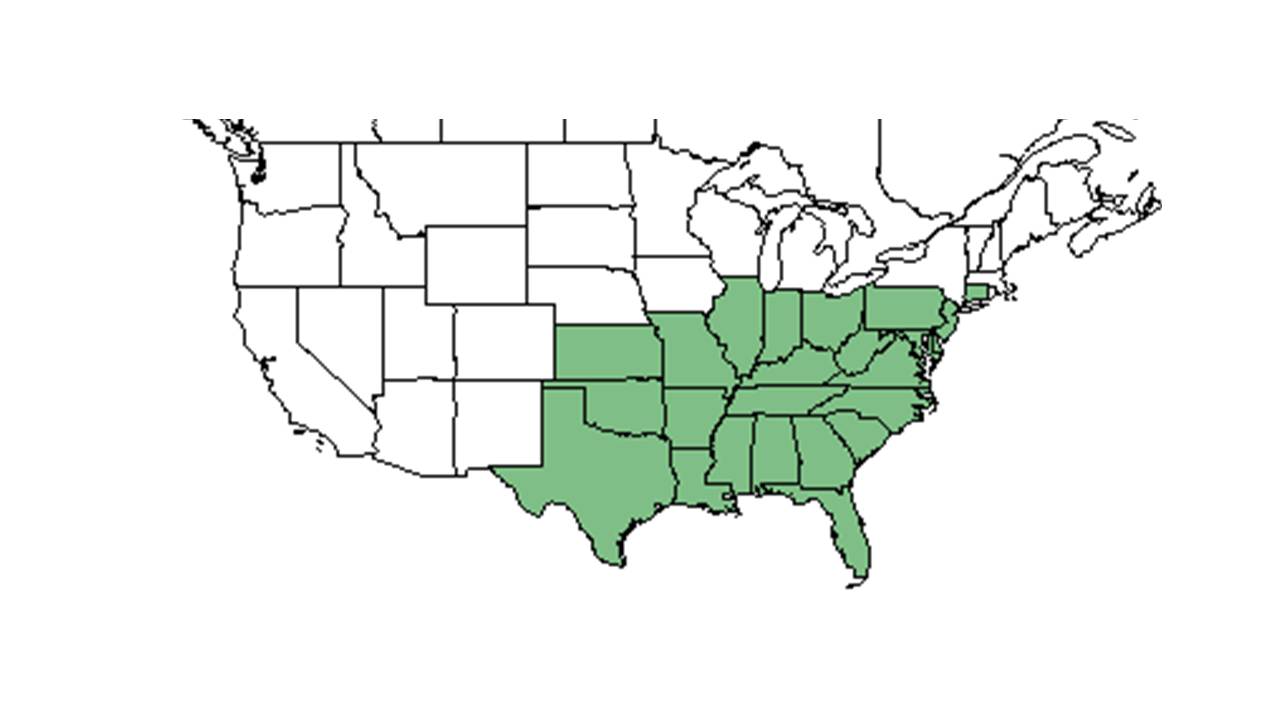Difference between revisions of "Diodia virginiana"
| Line 31: | Line 31: | ||
===Phenology=== <!--Timing off flowering, fruiting, seed dispersal, and environmental triggers. Cite PanFlora website if appropriate: http://www.gilnelson.com/PanFlora/ --> | ===Phenology=== <!--Timing off flowering, fruiting, seed dispersal, and environmental triggers. Cite PanFlora website if appropriate: http://www.gilnelson.com/PanFlora/ --> | ||
| − | Flowering and fruiting have been observed | + | Flowering and fruiting have been observed from May through November (FSU Herbarium). |
===Seed dispersal=== | ===Seed dispersal=== | ||
Revision as of 08:39, 29 September 2015
| Diodia virginiana | |
|---|---|

| |
| Photo taken by Gil | |
| Scientific classification | |
| Kingdom: | Plantae |
| Division: | Magnoliophyta - Flowering plants |
| Class: | Magnoliopsida – Dicotyledons |
| Order: | Rubiales |
| Family: | Rubiaceae |
| Genus: | Diodia |
| Species: | D. virginiana |
| Binomial name | |
| Diodia virginiana L. | |

| |
| Natural range of Diodia virginiana from USDA NRCS Plants Database. | |
Common name: Virginia buttonweed
Contents
Taxonomic notes
Description
Diodia virginiana tends to grow in spreading mats, sometimes floating in shallow water (FSU Herbarium).
Distribution
Ecology
Habitat
D. virginiana occurs in moist to wet areas, and areas subject to periodic inundation like ephemeral ponds (FSU Herbarium). It occurs in a wide range of light levels, from deep shade to full sun, but tends to prefer sandy soil types such as loamy sand, sand, sandy loam and sandy peat (FSU Herbarium). It can be found in natural communities including pine savannas, grassy areas near lakes and ponds, prairies, floodplain forests, sand bars, cypress-hardwood swamps, swampy woodlands, wetland areas, and calcareous hammocks (FSU Herbarium). However, it can also appear in disturbed habitat, like cutover pine woods, roadsides, old fields, and mowed areas (FSU Herbarium).
Phenology
Flowering and fruiting have been observed from May through November (FSU Herbarium).
Seed dispersal
Seed bank and germination
Fire ecology
It is favored by frequent fire,[1] and grows in habitats maintained by fire (FSU Herbarium).
Pollination
Use by animals
Diseases and parasites
Conservation and Management
Cultivation and restoration
Photo Gallery
References and notes
Florida State University Robert K. Godfrey Herbarium database. URL: http://herbarium.bio.fsu.edu. Last accessed: June 2014. Collectors: Loran C. Anderson, R. K. Godfrey, R. Komarek, R. Kral, Sidney McDaniel, R. A. Norris, A.E. Radford, Cecil R. Slaughter, B. K. Holst, Valerie Renard, Lovette E. Williams, Rev. Robert Brinker, Robert L. Lazor, Grady W. Reinert, Suellen Folensbee, Paul L. Redfearn, Jr., S. W. Leonard, Gary R. Knight, Jame Amoroso, W. G. D'Arcy, Gywnn W. Ramsey, H. Larry Stripling, W. P. Adams, K. Craddock Burks, William Lindsey, D. W. Mather, Jean W. Wooten, Robert J. Lemaire, O. Lakela, Robert J. Lemaire, Leon Neel, R. F. Doren, A. Gholson Jr., K. Willis, R. Cherry, and Annie Schmidt. States and Counties: Florida: Alachua, Bay, Calhoun, Charlotte, Citrus, Collier, Columbia, Dade, Dixie, Duval, Escambia, Flagler, Franklin, Hamilton, Highland, Holmes, Indian River, Jackson, Jefferson, Lake, Leon, Levy, Liberty, Madison, Marion, Okaloosa, Orange, Osceola, Palm Beach, Polk, Osceola, Sarasota, Santa Rosa, St. Johns, Sumter, Taylor, Wakulla, Walton, and Washington. Georgia: Grady and Thomas.
- ↑ Glitzenstein, J. S., D. R. Streng, et al. (2003). "Fire frequency effects on longleaf pine (Pinus palustris, P.Miller) vegetation in South Carolina and northeast Florida, USA." Natural Areas Journal 23: 22-37.